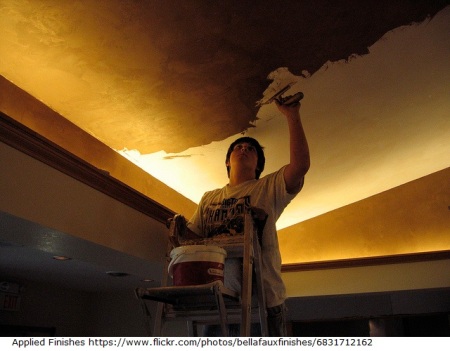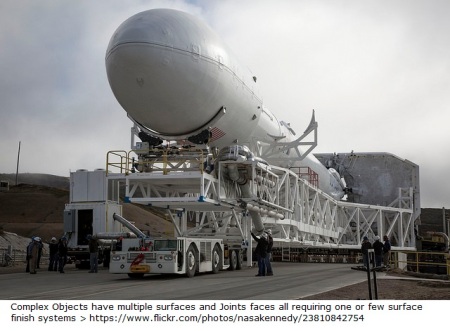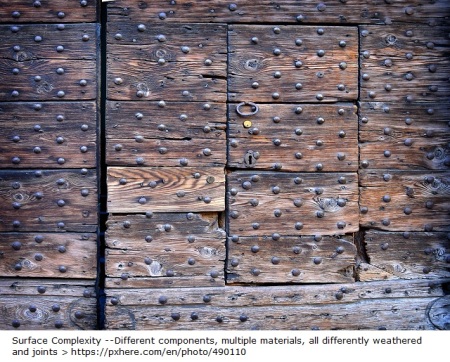Post –by Gautam Shah
.
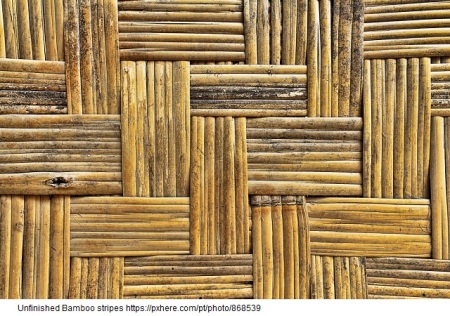
NATURAL OBJECTS are created by various formative and destructive processes of nature. We pick such objects off the surface of the earth, mine them, or obtain by breaking off from a larger unit. Such objects once removed from the place of origin, invariably change further by the environmental processes called weathering effects. A freshly opened face of such objects present a surface finish, different from the face already exposed. Objects of the same specie may show up different surface finishes, depending on the angle of cut or cleavage, technique, and tools used for down sizing and finishing.
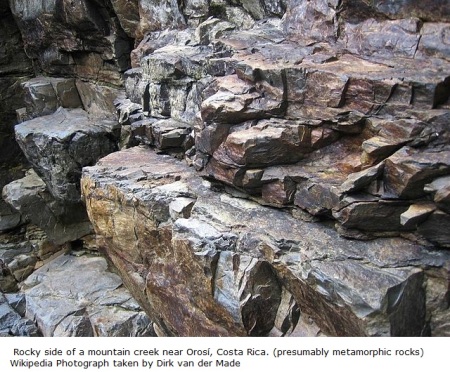
Natural objects have time and space relevance. It may not be possible to amass enough quantity within a set schedule, or may not be economically viable to transport the required type and quantity.
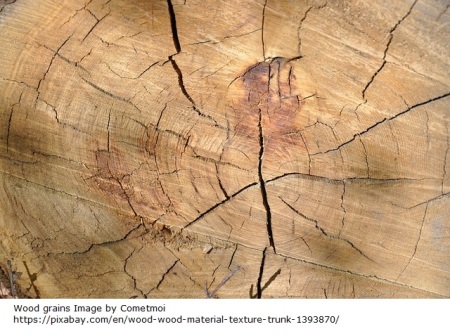
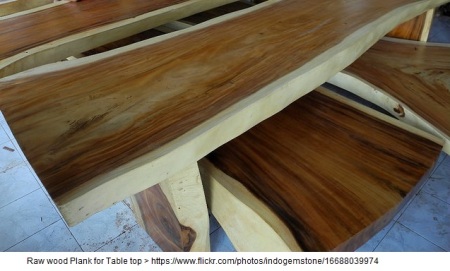
SELF FINISH is a surface component of the material itself. Self finishes occur on Natural, Modified and Manufactured objects. Since such finishes are integral part of the object, the engineering properties of the object continue to be affective through the surface system.
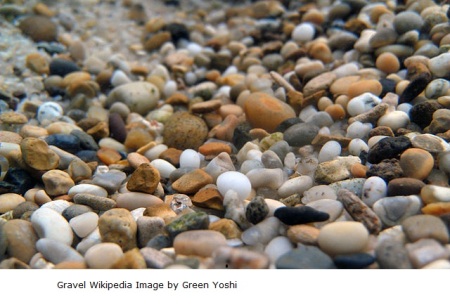
Natural and modified objects have inherent limitations, such as: Technologically, one can obtain a surface system equal to or smaller than the naturally available sizes and shape of the object. Identical surface qualities (colour, texture, pattern, etc.) are not available in every sliced section of a large object, because deeper or core regions show different surface qualities than the outer parts. Surface properties vary a little within a specie.
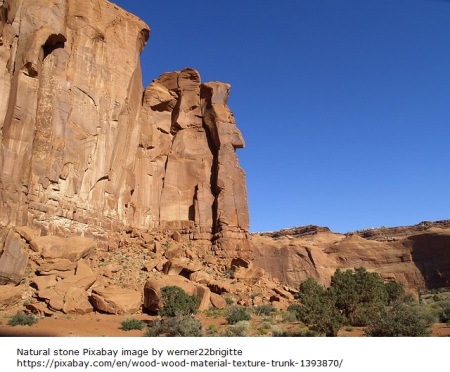
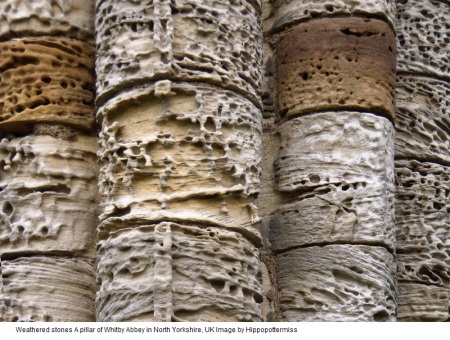
One adjusts such qualitative differences by randomly distributing the variant, as small components in a large composition. Though agglomerated assemblies have their own problems, of joints and joint materials.
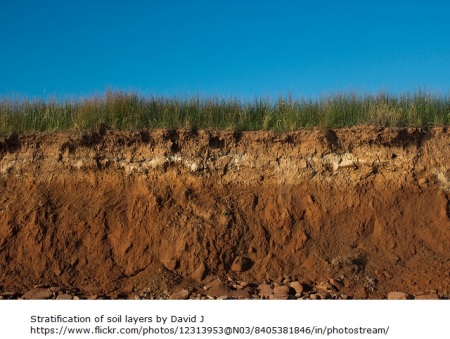
- Manufactured objects have self finishes. Bronze statues and outdoor objects have an induced self surface finish consisting of a green, brown, blue, and black patina of copper compounds. Silver is oxidized in an electrolytic liquid and then selectively ground to show a composition of dark (oxidized) and bright (polished) surfaces. Mild steel surfaces are burnished (burnt) to a blue finish. Iron is sometimes allowed to rust until it acquires a satisfactory colour, and then the process is arrested by lacquering. Stone washed jeans are intentionally created finishes.
![]()
.


